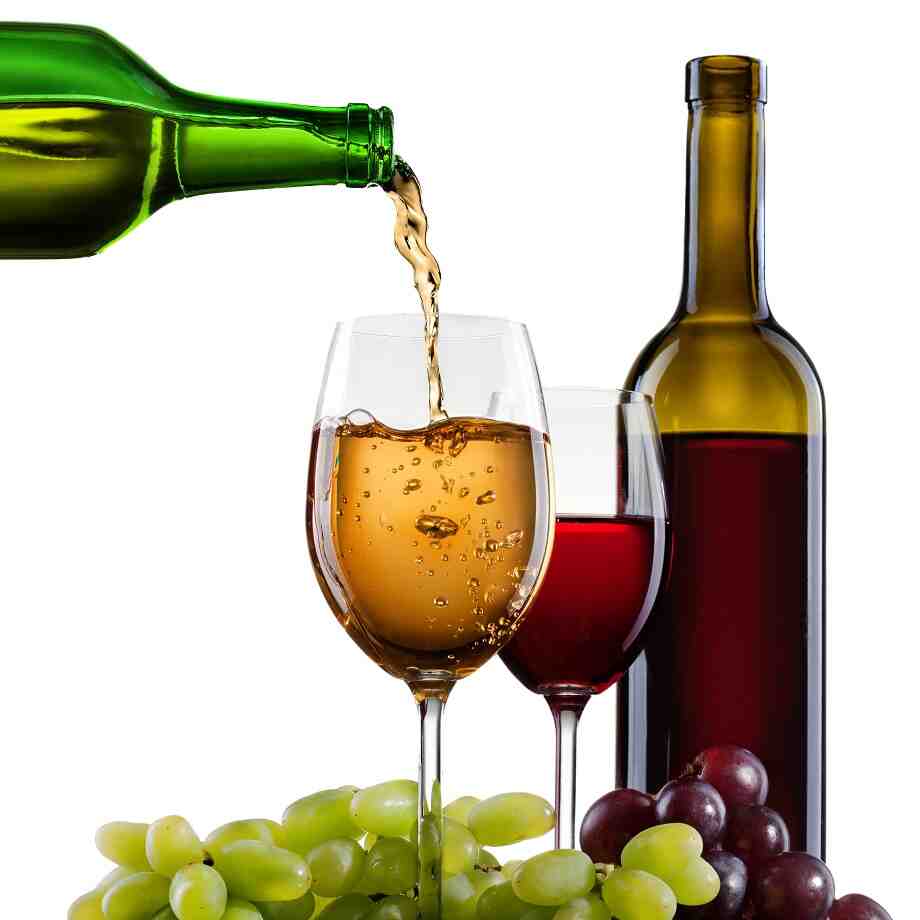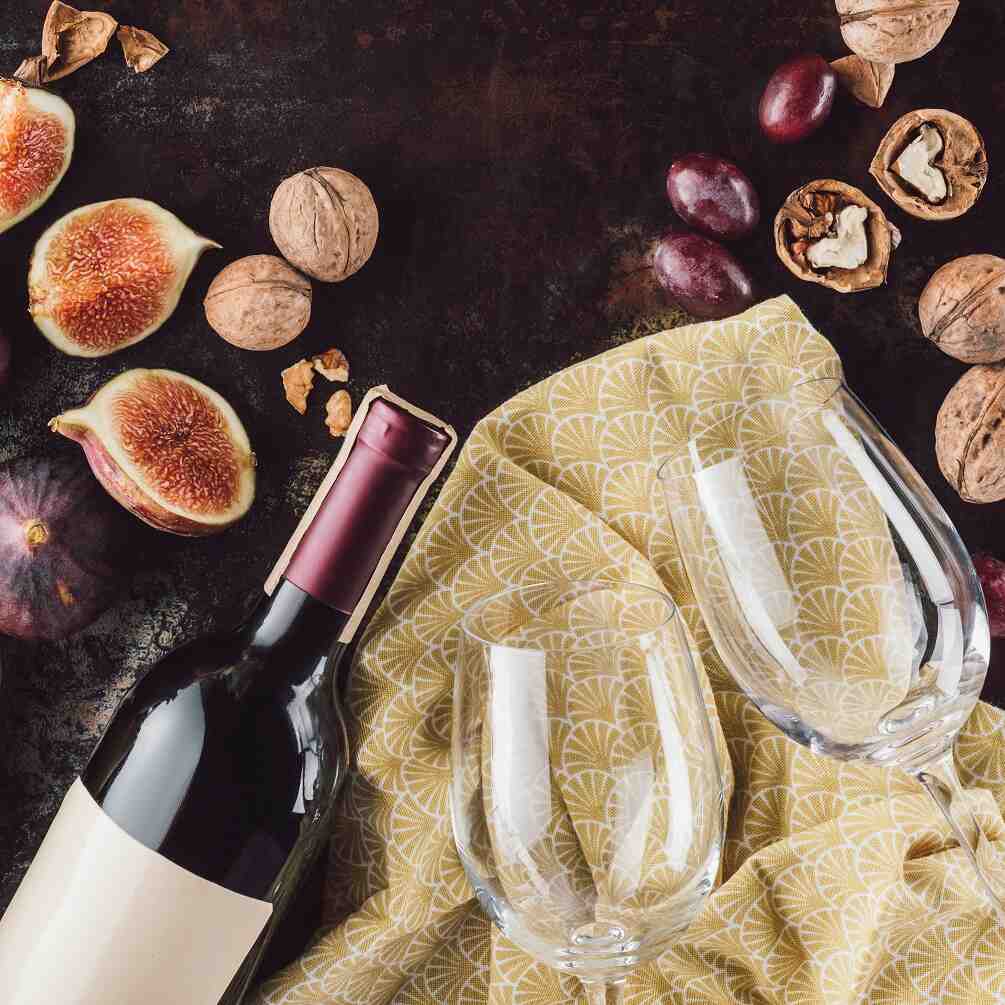The Role of Oak Barrels in Shaping Wine Flavors
Wine is a complex and evolving drink, with flavor, aroma, and texture shaped by a variety of factors. One of the most significant influences on a wine’s character is the use of oak barrels during the aging process. Oak has been a staple in winemaking for centuries, and its role in the production of wine is far more than just a means of storage. The wood of oak barrels contributes to the final profile of a wine in ways that can add depth, nuance, and a whole range of sensory experiences. In this article, we will explore how oak barrels impact wine flavors, their influence on the aging process, and the different types of oak that winemakers use to achieve distinct profiles.
The Basics of Oak Barrel Aging
Oak barrels are traditionally used in winemaking to age both red and white wines, and the process is particularly prominent in regions like Bordeaux, Burgundy, Napa Valley, and Rioja. The wood’s natural properties allow it to interact with wine in ways that enhance the wine’s overall complexity. When wine is placed in oak barrels, it undergoes slow chemical interactions with the wood. These interactions release compounds from the oak into the wine, including tannins, phenols, and lactones, each of which can impart specific flavors and textures.
Unlike stainless steel or concrete, which are inert materials that don’t add flavors to the wine, oak barrels allow for gradual oxygen exposure. This micro-oxidation helps soften tannins, stabilize color, and increase complexity, all while adding a touch of oak-derived flavor. Over time, the wine undergoes subtle transformations that contribute to the wine’s evolution, creating deeper, more harmonious flavors.
Flavor Profiles Created by Oak
Oak barrels contribute a wide variety of flavors to wine, depending on several factors such as the type of oak used, the toast level (how much the barrel is charred or toasted), the age of the barrel, and how long the wine is aged in the oak. Below are some of the key flavors that oak barrels can add to wine:
1. Vanilla
One of the most recognizable flavors imparted by oak barrels is vanilla. This flavor comes from the lactones (specifically, cis- and trans-lactones) in the wood, which are released into the wine during the aging process. Vanilla notes are most commonly associated with French oak barrels, particularly those that are medium- to light-toasted. The sweetness and creaminess of vanilla can lend a soft, elegant touch to wines, making them feel fuller and rounder on the palate.
2. Spice and Clove
Oak aging can also bring a spicy component to wine, including flavors of clove, cinnamon, and nutmeg. These spices arise from the phenolic compounds in the wood and the toasting process. The higher the toast level of the oak barrel, the more intense the spice flavors can become. These spices are more common in wines aged in American oak, which tends to impart a stronger spice profile compared to French oak.
3. Coconut
Wines aged in American oak barrels can sometimes take on a distinct coconut flavor, a characteristic that stems from the lactones found in the wood. This coconut note is particularly noticeable in wines that are aged in new oak barrels, as the freshly charred wood has a more pronounced impact on the wine. This flavor is often described as sweet, tropical, and exotic, and it can be an especially notable component in some Napa Valley Cabernet Sauvignons and Chardonnays.
4. Smoke and Toast
The toasting process—the act of charring the inside of the barrel—plays a big role in shaping a wine’s flavor profile. Toasting brings out toasted bread, smoky, or charred flavors, which can add depth and a savory component to the wine. These smoky flavors are typically seen in red wines such as Cabernet Sauvignon and Syrah, as well as in some bold white wines like Chardonnay. The level of toasting, from light to heavy, determines how much of this smoky character is integrated into the wine.
5. Butterscotch and Caramel
Butterscotch, caramel, and even toffee-like flavors are often associated with wines that have been aged in oak. These sweet, rich notes arise from the caramelization of sugars in the wood during the toasting process. These flavors are commonly found in oaked white wines like Chardonnay, particularly those aged in new oak barrels. The result is a fuller mouthfeel and an impression of richness and opulence, making wines feel more luxurious.
6. Tannin and Structure
Oak barrels also add tannins to wine, which contribute to the wine’s texture and structure. The tannins in oak are different from those found in grape skins, seeds, and stems, but they still have astringent qualities that can influence a wine’s mouthfeel. Oak tannins tend to be softer and more subtle than grape tannins, giving the wine a smoother, silkier texture. For red wines, this can mean a more refined, age-worthy structure, while for whites, the tannins can contribute to a rounder, more balanced mouthfeel.
The Influence of Oak Type: French vs. American Oak
Not all oak is created equal, and the type of oak used can significantly impact the final profile of the wine. The two most common types of oak used in winemaking are French oak and American oak, and each brings its own unique set of characteristics to the wine.
French Oak
French oak is considered the gold standard for fine wines, particularly in regions like Bordeaux and Burgundy. French oak barrels are known for their subtlety and elegance. The wood is tighter-grained, which means it imparts more delicate flavors and slower oxidation. The resulting wines tend to have a more refined profile with elegant vanilla, spice, and floral notes. French oak is often used for aging premium red wines like Pinot Noir, Merlot, and Cabernet Sauvignon, as well as high-end white wines like Chardonnay.
American Oak
American oak, on the other hand, is generally more intense and offers bolder flavors. The grains of American oak are wider, allowing for more pronounced oxygenation and faster extraction of flavor. Wines aged in American oak tend to show stronger notes of vanilla, coconut, and spice. American oak is often used in warmer wine regions, such as Napa Valley, where bolder, fruit-forward wines benefit from its flavors. It’s also commonly used in the production of wines like Zinfandel, Syrah, and full-bodied Chardonnay.
The Impact of Barrel Age and Toast Level
Aside from the type of oak, the age and toast level of the barrel also affect the wine’s flavor profile. New barrels, which are often used for the first time, impart the most intense oak flavors. As barrels age, they lose some of their potency, which results in more subtle oak influences on the wine. For example, a second-use barrel will impart less wood flavor and may allow the wine’s fruit and terroir to shine more brightly.
The level of toast applied to the barrel also has a big impact. Lightly toasted barrels contribute more subtle flavors of spice and vanilla, while heavily toasted barrels can impart smoky, charred, and toasty characteristics. Winemakers carefully select the toast level based on the style of wine they want to create, and this decision can greatly affect the wine’s complexity.
Conclusion
Oak barrels play a vital role in shaping the flavors and textures of wine. Through the release of various compounds from the wood, oak influences the wine’s aroma, mouthfeel, and overall profile, adding richness, depth, and complexity. The type of oak, toast level, and barrel age all contribute to a wine’s unique character, making oak aging a crucial decision for winemakers aiming to create wines with distinctive and memorable flavors. Whether you prefer the subtlety of French oak or the boldness of American oak, oak barrels remain an essential tool in the creation of wines that express both craftsmanship and terroir.










